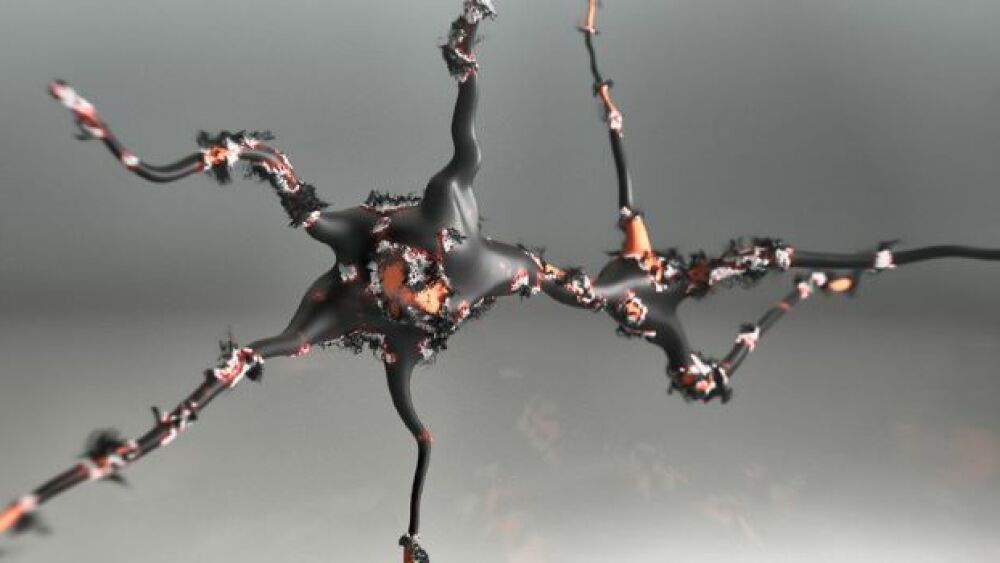Recently published research into repairing nerve damage caused by injury may also pay off in treating some of the most vexing neurodegenerative diseases like Alzheimer’s.
Recently published research into repairing nerve damage caused by injury may also pay off in treating some of the most vexing neurodegenerative diseases like Alzheimer’s.
Researchers at the United Kingdom’s University of Birmingham published their programmed cell death findings in Science Advances.
Professor Zubair Ahmed of the university’s Institute of Inflammation and Aging and Dr. Richard Tuxworth of the university’s Institute of Cancer and Genomic Sciences are investigating the persistent activation of cells’ DNA damage response, which may trigger programmed cell death.
Their work is focused on small molecule Checkpoint kinase inhibitors, aiming to block enzymes key to starting programmed cell death. The drug candidate has shown promise in cancer patients and Birmingham researchers are investigating its efficacy in spinal cord injuries, brain damage and neurodegenerative diseases.
“We are trying to understand how inhibiting damage to DNA is protective and promotes neuronal recovery,” Ahmed told BioSpace. He and his team are proposing late-stage clinical trials since the molecules have already been tested in late-stage cancer trials.
He said “repurposing an existing drug has its own challenges,” but he’s hopeful the endeavor shortens the approval process by at least seven-to-eight years.
Ahmed said the same response is seen in neurodegenerative diseases, potentially creating new drug targets for small molecules they’re investigating.
The researchers initially found that reducing the targeted enzymes had a protective effect in fruit flies with damaged cells akin to neurological diseases. The same effect was found in animal models with spinal cord injuries and optic nerve damage. Blocking the enzymes promoted significant regrowth of nerve cells beyond the injured site, the team discovered.
“We have preliminary evidence that damage to DNA and its chronic activation is detrimental and a feature in many neurodegenerative diseases,” Ahmed said. “Therefore, silencing this pathway should promote function in patients with neurodegenerative diseases.
“What is exciting is that it also opens up the possibility that the drug could reverse neurodegenerative diseases,” he added.
He noted that 1.2 million people annually around the world suffer traumatic spinal cord injuries in car accidents, falls or violence.
“This is a completely new avenue of work and understanding how the drug promotes neuronal survival and mobilizes regeneration of nerves (and) will open up the possibility of discovering further targets,” Ahmed said.
He added that his team is in the process of partnering with AstraZeneca and Acrivon Therapeutics, who own the rights to the recently repurposed compounds.





